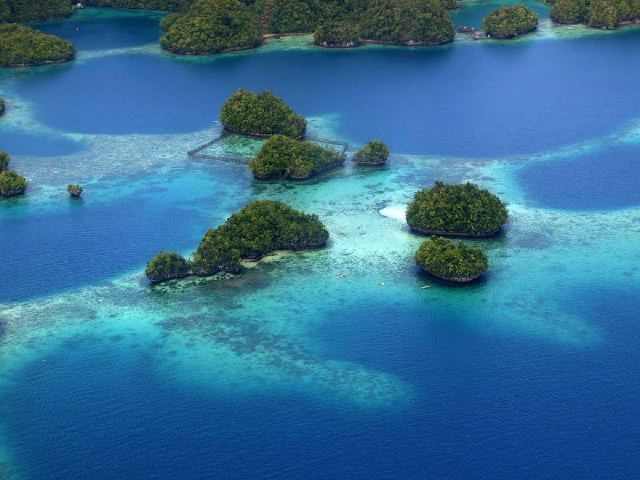Taking a cruise is among the most fun and adaptable ways to spend a vacation. There is a cruise that is perfect for you, regardless of your preferences—a leisurely escape, an exciting voyage, or a cultural immersion. It might be difficult to choose the ideal cruise due to the wide range of options, which include anything from ship sizes and destinations to onboard facilities and activities. With the help of this in-depth guide from an adventure travel specialist, you can streamline the procedure and make sure your cruise holiday fulfills all of your dreams.
Understanding Cruise Types
Mainstream and Luxury Cruises
Mainstream Cruises are the most widely available and cater to a broad audience. They’re known for their large ships, which can accommodate thousands of passengers, making them a bustling hub of activities, entertainment, and dining options. Mainstream cruises offer a variety of amenities such as multiple pools, theaters, kids’ clubs, and diverse dining options, ranging from casual eateries to formal dining rooms. They provide a high value for the cost, with many activities and meals included in the base price, appealing to families, couples, and groups looking for a fun and varied vacation experience.
Luxury Cruises, with a focus on first-rate service, delectable cuisine, and all-inclusive amenities, luxury cruises enhance the cruise travel experience. All-suite cabins, fine dining with meals created by celebrity chefs, and attentive service with a high staff-to-guest ratio are common features of these cruises. All-inclusive luxury cruises may include airfare as well as gratuities, exclusive shore excursions, onboard entertainment, and sometimes even meals. Travelers looking for a more upscale and laid-back experience will find that the ships are typically smaller, providing a more personal environment and access to less frequented ports of call.
River vs. Ocean Cruises
River cruises traverse the world’s rivers and offer a more personal and picturesque cruising experience. Smaller ships that provide a greater connection to the local landscapes and cultures are what define these trips. River cruises frequently dock right in the middle of towns, cities, and villages, making it simple to explore the area’s historical landmarks, tourist attractions, and gastronomic pleasures. With many cruises offering guided excursions and visits to UNESCO World Heritage sites as part of the itinerary, the emphasis is on cultural immersion and exploration.
Ocean Cruises are what many people envision when they think of cruising: large ships sailing the high seas to various destinations, from tropical paradises to cold Arctic landscapes. Live performances, exercise centers, a variety of dining options, and activities for guests of all ages are just a few of the things available on ocean cruises. They travel farther, enabling visitors to see several nations and cultures in a single journey. With itineraries ranging from a few days to several weeks, the experience can be everything from opulent to daring.
Expedition Cruises, adventure and exploration-seeking individuals are the target audience for expedition cruises. These voyages visit some of the world’s most secluded and unspoiled locales, such as isolated islands, jungles, and the polar regions. With naturalists, historians, and biologists among the professionals on board to offer insights and lead excursions, the emphasis is on experiencing nature and wildlife. Smaller and more maneuverable, expedition ships can travel through ice, across constricted canals, and to less-traveled locations. Those who have a strong interest in the environment and conservation will find these cruises appealing because they provide a distinctive combination of excitement, education, and sustainability.
Deciding on a Destination
When choosing a cruise, the destination is important. Your preference for scenery, climate, and cultural experiences will determine where you go—be it the balmy beaches of the Caribbean, the stunning glaciers of Alaska, the rich history of the Mediterranean, or the unique cultures of Asia. Think on what you want to see and do: Are you hoping to stroll across beautiful scenery, discover historic sites, or unwind on immaculate beaches?
Selecting the Appropriate Ship
Cruise ships range in size and personality from mega-ships with water parks, rock climbing walls, and Broadway plays to smaller ships that provide a quieter, more intimate setting with individualized service. While smaller ships are able to access more remote ports and give a more comprehensive study of your location, larger ships offer more alternatives when it comes to food and entertainment.
- Facilities and Activities on Board – Think about the conveniences that are important to you. Look for ships that offer childcare facilities and family-friendly activities if you are traveling with family. Look for cruises that provide spa facilities, adult-only areas, and enrichment activities like lectures or cooking lessons if you want a more laid-back experience.
- Cabin Selection – Your cabin serves as a second home for you. Interior cabins without windows and opulent suites with balconies are among the available options. Consider how long you want to stay in your cabin and what is more important to you: a view room or a more affordable alternative that lets you treat yourself to something nicer elsewhere.
When and How Long It Takes?
- Time of Year – Traveling during a certain season can have a big impact on your experience. Think about weather patterns, like the Caribbean hurricane season or the ideal time to see the Northern Lights in Norway. Consider whether you’re okay with the bustle of peak season or would rather choose a quieter, less crowded cruise.
- Cruise Duration – The length of a cruise might range from a few days to many weeks. While longer trips offer you more sea days to enjoy onboard facilities and in-depth research, shorter voyages are a terrific way to experience cruising or visit neighboring destinations.
Setting a Budget for Your CruiseEven while many cruises have all-inclusive packages, it’s important to know what is and isn’t covered. Specialty cuisine, shore excursions, spa services, and onboard purchases are examples of extras that can get expensive. You may discover the greatest deals by making your reservations in advance, taking advantage of specials, and being flexible with your travel dates.
Getting Ready for Your CruiseRecord-keeping – Make sure all of your required visas and passports are current. Additionally, certain places might need vaccines.
Packing – Depending on your destination and the dress code of the ship, there are big differences in what to pack for a cruise. Examine the regulations on your ship and make plans appropriately.
Boarding and Check-in – You may check in online for most cruises, which will save you time at the port. If you want the boarding process to go smoothly, arrive at the suggested time.
In summary
Finding the ideal cruise for your holiday involves balancing your needs and preferences against the plethora of possibilities available. You can make sure your cruise trip is an amazing experience by taking into account the kind of cruise, the location, the size and amenities of the ship, the time of year, and your budget. Keep in mind that the ideal cruise for you is one that offers the ideal ratio of leisure, discovery, and enjoyment and is in line with your particular travel preferences and objectives. With a bit of forethought and an adventurous mindset, you’re going to have an amazing journey that will leave you with lifelong memories.








